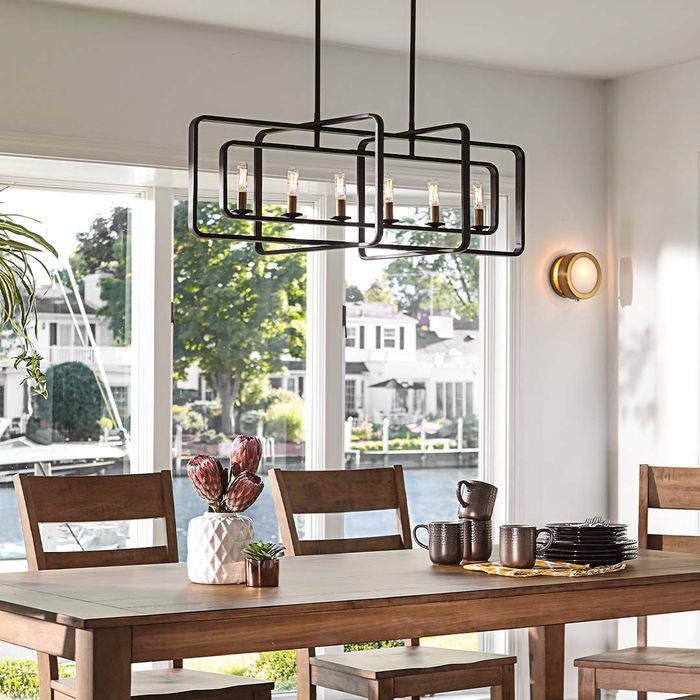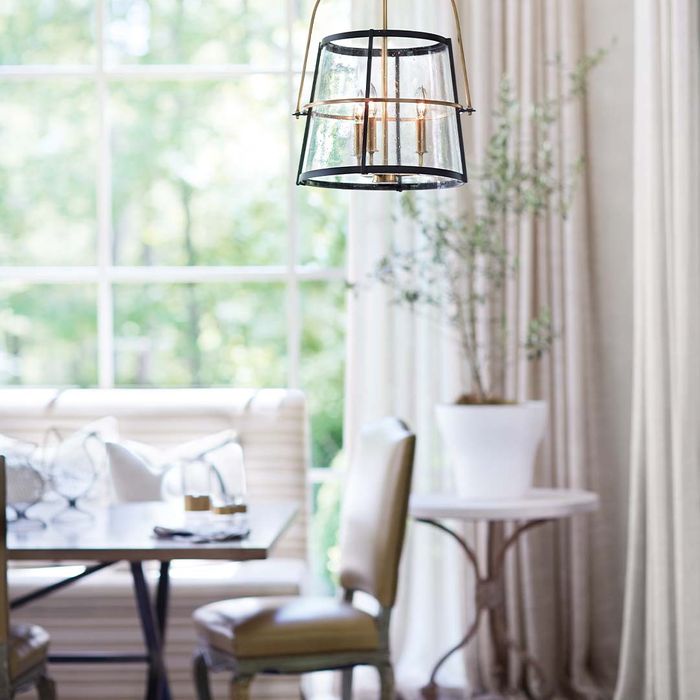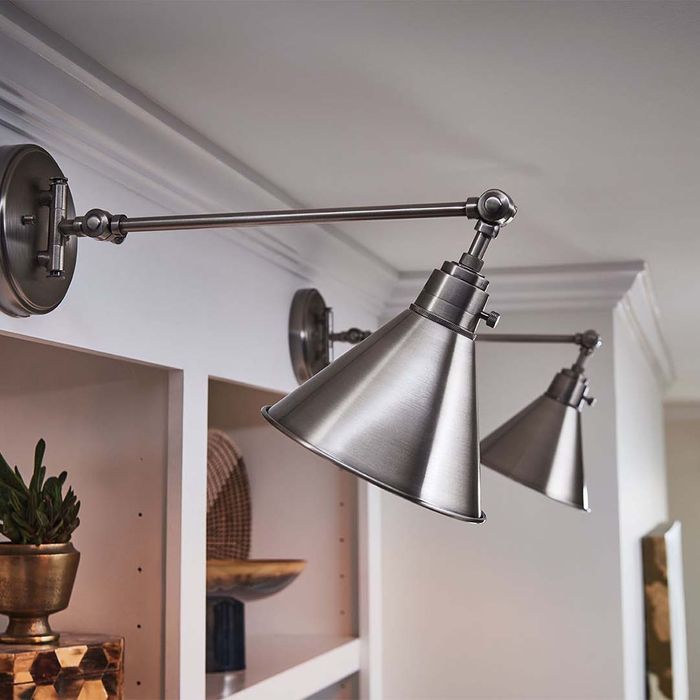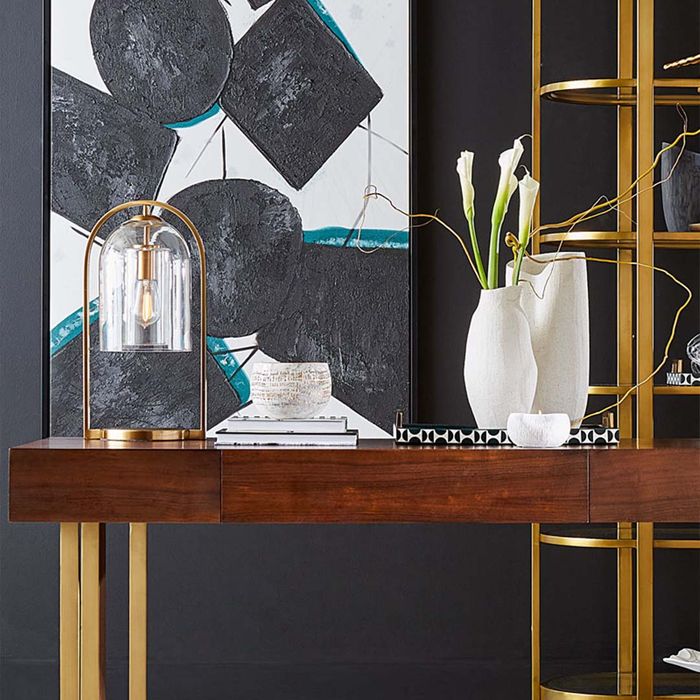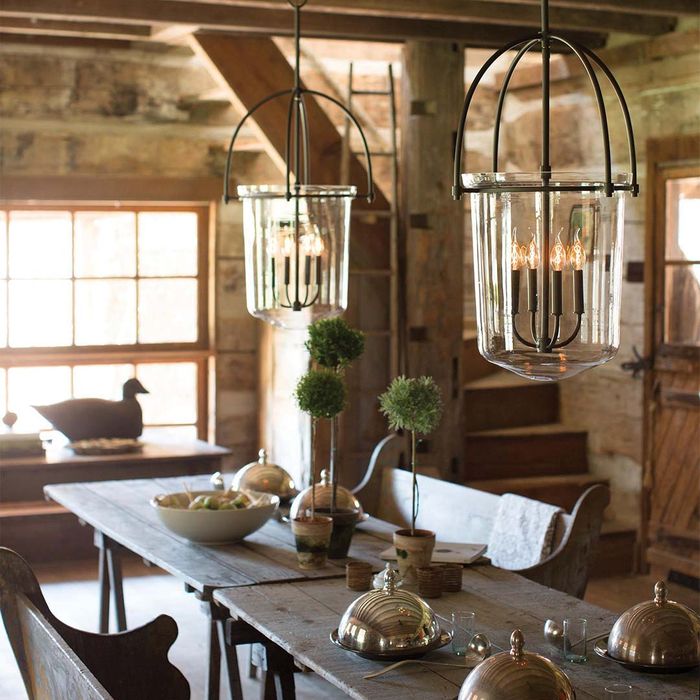Lighting is an essential component of interior design. It sets the mood, highlights features of the space, and elevates the aesthetics of the overall design. A well-designed lighting scheme can transform an interior space from drab to fab and make it appear more inviting and cozy.
Shelby Design Center is a lighting and flooring store located in Shelby Township. For more than 25 years, we've been helping interior designers with their lighting and flooring needs. In this post, we will cover some lighting tips for interior designers to consider when creating a lighting plan for any interior space. Schedule a free consultation with us today!

